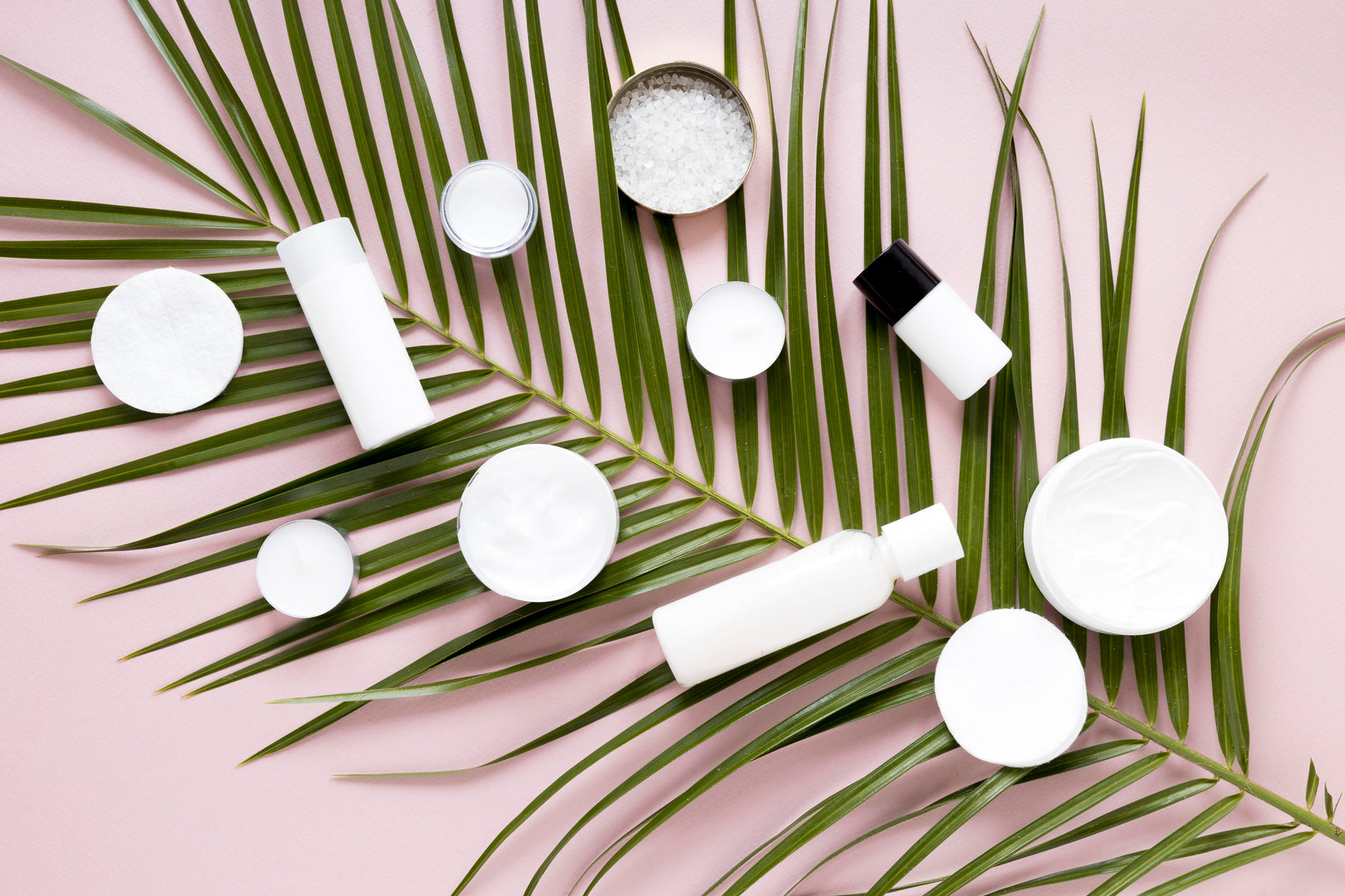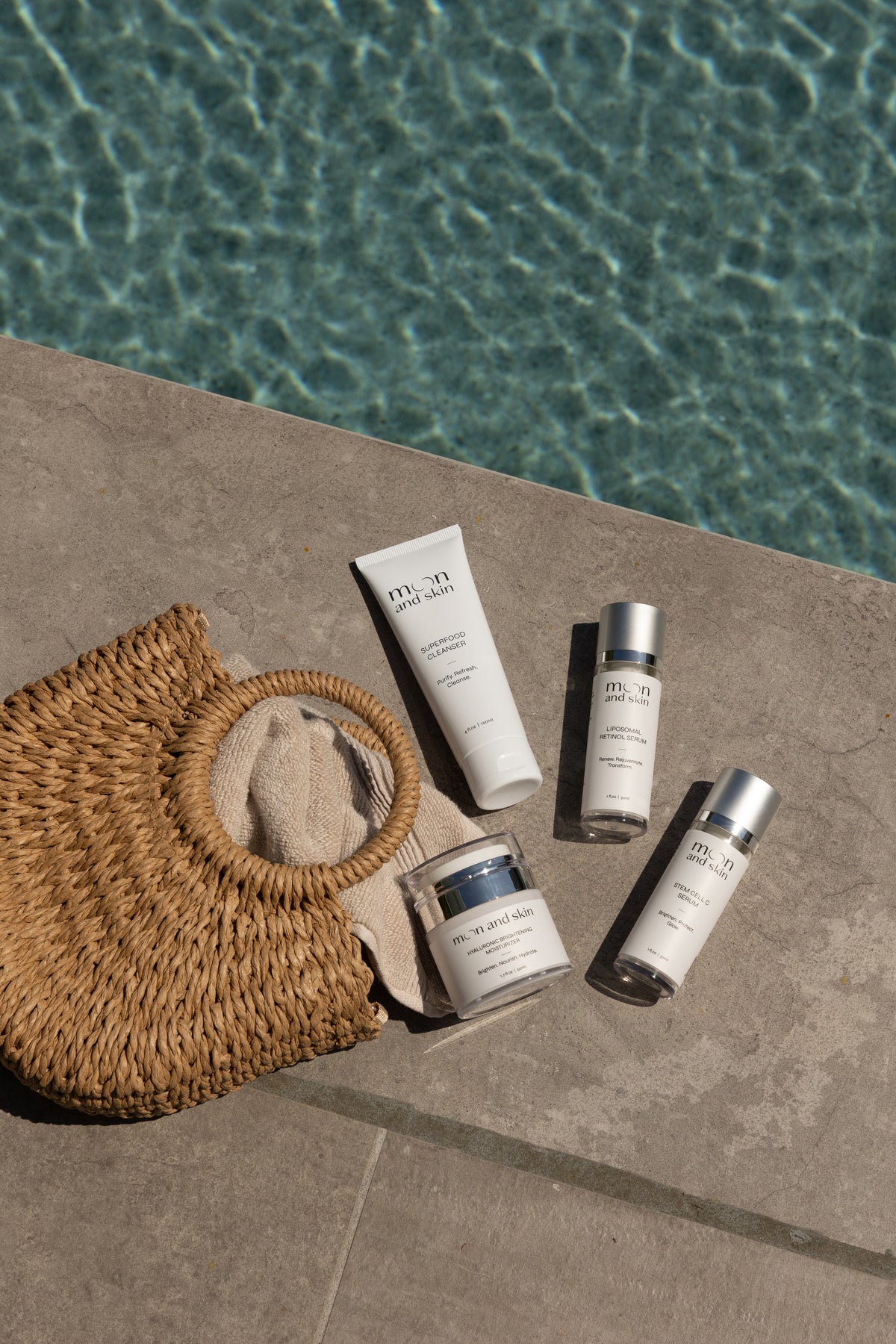Table of Contents
Introduction
Have you ever wondered why glycerin is a staple in so many skincare products? This clear, colorless liquid, known for its sweet taste, is more than just a common ingredient; it has remarkable properties that can benefit our skin, especially for those struggling with acne. In a world where skincare choices can feel overwhelming, understanding what works can empower us to make informed decisions.
We understand that navigating the world of skincare can often be confusing, particularly when it comes to ingredients like glycerin. Many people ask, "Does glycerin remove pimples?" The answer is nuanced but essential for anyone looking to improve their skin's health. In this post, we’ll explore the science behind glycerin, its benefits, how it interacts with acne-prone skin, and practical ways to incorporate it into your routine.
Together, we’ll delve into how glycerin can play a role in maintaining clear, hydrated skin while emphasizing the importance of a comprehensive skincare routine that aligns with our mission at Moon and Skin: providing clean, thoughtful skincare for every phase of life.
What is Glycerin?
Glycerin, or glycerol, is a natural compound that can be derived from vegetable oils or animal fats. As a humectant, glycerin is renowned for its ability to attract moisture from the environment into the skin, making it a popular ingredient in numerous skincare formulations. Its syrupy consistency and pleasant properties make it suitable for all skin types, including sensitive skin.
Benefits of Glycerin for Skin
- Moisture Retention: Glycerin works by pulling water into the outer layer of your skin, keeping it hydrated and plump. This is especially beneficial for those with dry or dehydrated skin.
- Non-comedogenic: Glycerin is oil-free and won't clog pores, which makes it ideal for acne-prone skin. This characteristic helps reduce the likelihood of breakouts.
- Gentle Exfoliation: It can help to remove dead skin cells without stripping the skin of its natural oils, promoting a smoother complexion.
- Wound Healing Properties: Glycerin aids in the healing process of the skin, making it effective for reducing the appearance of acne scars.
- Soothing Irritation: Due to its gentle nature, glycerin can calm inflamed skin and lessen redness, making it ideal for sensitive skin.
What Causes Pimples?
Understanding the root causes of pimples is crucial in tackling acne effectively. Pimples are often caused by:
- Excess Oil Production: Overactive sebaceous glands can lead to oily skin, which contributes to acne.
- Clogged Pores: Dead skin cells, oil, and bacteria can clog pores, leading to breakouts.
- Hormonal Changes: Fluctuations in hormones, particularly during puberty or menstrual cycles, can trigger acne.
- Bacterial Growth: The presence of Propionibacterium acnes, a bacteria that thrives in clogged pores, can exacerbate acne.
By addressing these factors, we can better understand how to utilize glycerin to support our skin's health.
How Does Glycerin Help with Pimples?
Glycerin can be incredibly beneficial for individuals prone to acne. Here’s how:
- Hydration Balance: By keeping the skin hydrated, glycerin helps to prevent the overproduction of oil. When skin is properly moisturized, it signals the sebaceous glands to reduce oil output, which can help minimize breakouts.
- Antimicrobial Properties: Glycerin has shown potential antimicrobial effects, which can help combat bacteria associated with acne formation.
- Soothing Effect: Its ability to calm irritation and inflammation can reduce the redness and discomfort often associated with pimples.
- Improved Skin Texture: Regular use of glycerin helps maintain a healthy skin barrier, resulting in smoother skin without the dryness that can lead to more breakouts.
Different Ways to Use Glycerin in Your Skincare Routine
Incorporating glycerin into your skincare routine can be done in various ways. Here are some effective methods:
1. As a Moisturizer
Using glycerin in your moisturizer can enhance its hydrating properties. Look for products that contain glycerin as one of the primary ingredients. For example, our Hyaluronic Brightening Moisturizer is perfect for providing deep hydration while being acne-safe.
2. In a Cleanser
Using a cleanser formulated with glycerin can effectively remove impurities without stripping the skin. Our Superfood Cleanser is designed to nourish while cleansing, making it an excellent choice for acne-prone skin.
3. DIY Face Masks
You can create a simple face mask using glycerin. Mix glycerin with rose water and a few drops of essential oil for a hydrating treatment. This combination can help calm and moisturize your skin, providing a soothing effect.
4. As a Spot Treatment
For targeted treatment, you can dab diluted glycerin directly onto pimples. Mix a few drops of glycerin with water, apply it to the affected areas, and let it sit for a few minutes before rinsing. This method can help reduce inflammation and promote healing.
5. Combine with Other Ingredients
Glycerin can be paired with other beneficial ingredients like hyaluronic acid or niacinamide for enhanced effects. When combined with our Stem Cell C Serum, glycerin can help maximize hydration while delivering antioxidant protection to your skin.
Precautions and Potential Side Effects of Using Glycerin for Pimples
While glycerin is generally safe for most skin types, it’s essential to consider a few precautions:
- Patch Test: Always conduct a patch test before applying glycerin to your face to check for any adverse reactions, especially if you have sensitive skin.
- Dilution: If using pure glycerin, dilute it with water or rose water before application to avoid potential irritation.
- Monitor for Reactions: If you notice any redness, itching, or irritation after using glycerin, discontinue use and consult with a dermatologist.
Conclusion
In summary, glycerin is a powerful ally in the quest for clear skin. It hydrates, soothes, and promotes healing, making it an excellent choice for those with acne-prone skin. By incorporating glycerin into your skincare routine, you can help maintain balance and support your skin's overall health.
At Moon and Skin, we emphasize clean, thoughtful formulations that cater to every phase of life. By choosing products that harness the power of ingredients like glycerin, you can build a comprehensive routine that nurtures your skin.
Ready to take the next step? Explore our Bundle & Save collection to create your personalized skincare routine, featuring our best-selling products designed for optimal results.
FAQ
Q: Can glycerin be used directly on the skin?
A: While glycerin can be used directly, it's best to dilute it with water or rose water to avoid irritation.
Q: Does glycerin cause any side effects?
A: Glycerin is generally safe, but some individuals may experience irritation. Always perform a patch test before use.
Q: How often should I use glycerin?
A: Depending on your skin's needs, glycerin can be used daily as part of your skincare routine.
Q: Is glycerin suitable for oily skin?
A: Yes, glycerin is non-comedogenic and can help regulate oil production, making it suitable for oily skin types.
Q: Where can I find glycerin-rich skincare products?
A: Look for moisturizers, cleansers, and serums that list glycerin among their key ingredients, such as our Best Sellers collection.
Incorporate glycerin into your routine and experience the benefits of this incredible ingredient for yourself!







